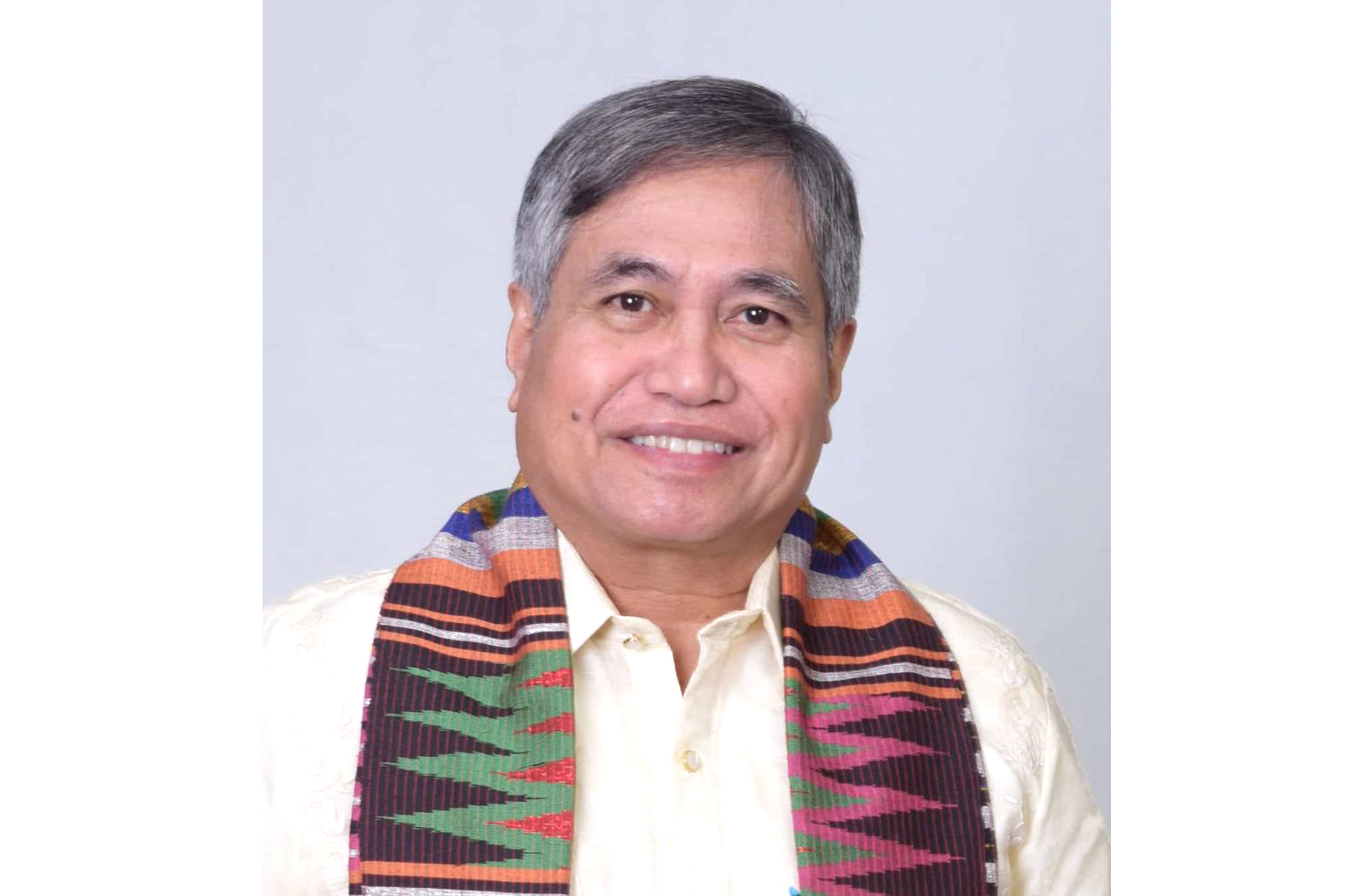FROM THE MARGINS

I am grateful for every day, but especially this day after Easter, which is all about hope and renewal. Today is not just the start of a new week; it is also the first day of a new month, April.
Meditating on the Lord’s passion, death and resurrection leads us on a journey of redemption: days of deep, dark sadness followed by joy, hope and light. I hope all of us will carry the joy and hope of Easter as we go through the hustle and bustle of our daily lives.
Biyaya ng lupa
While attending a birthday celebration, I stumbled across an interesting bit of cinematic history. I was admiring a fruit-laden “kamias” tree in the modest family resort of my goddaughter Elma Valenzuela, a microfinance-oriented bank president, when she recounted that her neighbors say that the 1959 film, “Biyaya ng Lupa,” was filmed on the land where her house now stands in Barangay Sta. Monica, San Pablo City. I remember watching this LVN-produced film when I was young, and was thrilled with the possibility that the movie was shot in my hometown.
As soon as I got home, I did my research, and confirmed that the movie was, indeed, shot in Sta. Monica. I should not have been surprised. The film is a Filipino drama that beautifully captures rural life, and Sta. Monica is an agricultural area where coconut, lanzones, coffee, vegetables and other agricultural crops abound. This discovery spurred me to read more about the movie.
Aptly titled “Blessings of the Land,” the film told the story of couple Maria (Rosa Rosal) and Jose (Tony Santos), who began their married life by establishing an orchard of lanzones. They had four children and lived happily in the community, until a series of tragedies befell the family. Arturo (Carlos Padilla, Jr.), goes off to Manila to escape the crushing poverty in the village. His deaf-mute brother, Miguel (Leroy Salvador) was forced to rise above his handicap after his sister was raped and his father murdered. With their neighbors’ help, the family survives tropical storms, and an attempt by a landowner from another town to destroy their crops. Arturo returns to reconcile with the family. Eventually, their life improved with a bountiful harvest.
The film, directed by Manuel Silos and written by Celso Al Carunungan, was nominated for the prestigious Golden Bear at the Berlin Film Festival. It won Best Picture and Best Story from the Filipino Academy of Movie Arts and Sciences (FAMAS) in 1960.
Agrarian reform
I was still a child when I first saw the movie, so, I did not fully understand the nuances of the plot. But I understood its social justice aspect when I saw it again while working at the Department of Agrarian Reform (DAR). Our then Secretary, Ernesto Garilao, showed this film in UP Diliman as part of the Comprehensive Agrarian Reform Program (CARP) anniversary celebration. The movie clearly demonstrated the ideals of agrarian reform: that when you give land to the tiller, their family could nurture the land; with hard work and support services, harvest can be bountiful, and they can be lifted out of poverty.
I enjoyed ruminating on this movie last week. Aside from its entertainment value, it offers many lessons. First, it stresses the importance of the family among Filipinos. Second, it promotes the spirit of “bayanihan” (community support), which is still very much alive in the rural areas. Third, it shows the beauty of living in the barrios, and illustrates how a farmer’s life is one anchored on hope.
Love of the land
I believe that agriculture is important, not just because of my rural roots. Loving the land is natural for every Filipino. Not all of us make a living as farmers, but we all enjoy gardens and the bucolic landscape of the countryside. We appreciate that land provides the food that sustains us. We enjoy the land’s consistent promise of hope and bounty.
Relating this to microfinance, I found that in the village of Sta Monica, there are more than 700 microfinance clients and about 15 percent of them are involved in agriculture. These clients have about ₱7.09 million outstanding loans, but they also mobilized more than ₱5.53 million in savings. I am glad to see that microfinance is somehow contributing to agricultural development and food security by providing farmers with credit to finance their crop, vegetables, poultry and livestock production, among others. I am proud that they are provided with microinsurance and help in marketing their products.
The greatest gift of Easter is hope. Government and private sector initiatives to support Philippine agriculture will surely lead to better opportunities for farmers and improvement in the poverty situation in the rural areas.
* * *
"Every day is a renewal, every morning the daily miracle. This joy you feel is life." — Gertrude Stein
(Dr. Jaime Aristotle B. Alip is a poverty eradication advocate. He is the founder of the Center for Agriculture and Rural Development Mutually-Reinforcing Institutions (CARD MRI).)